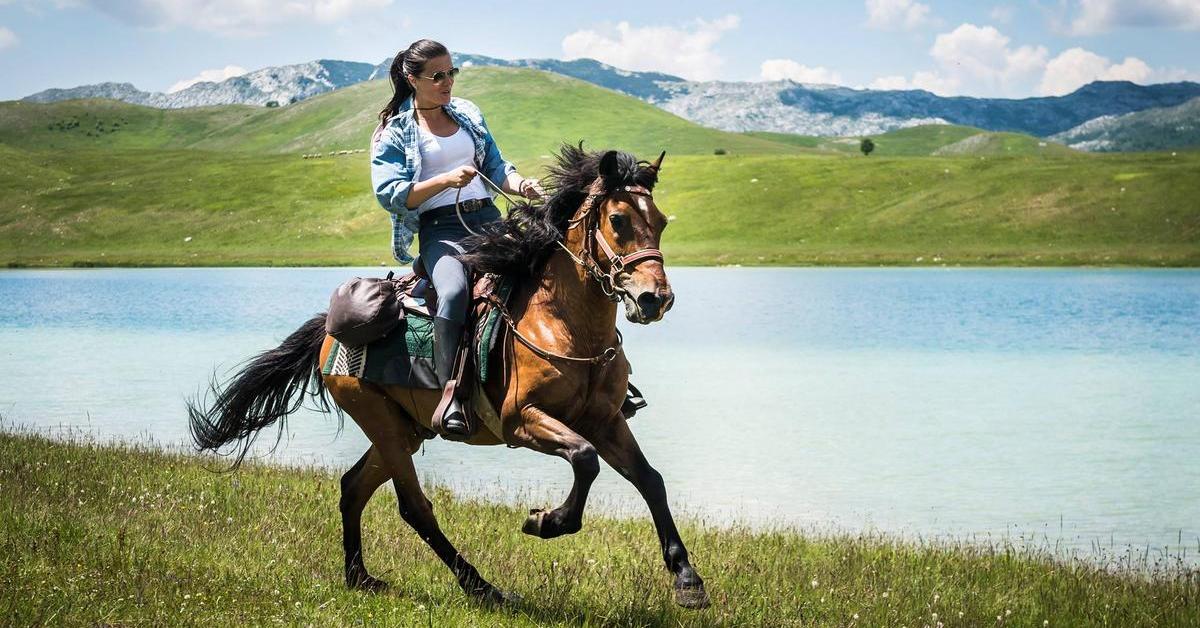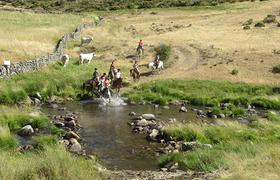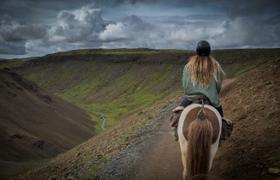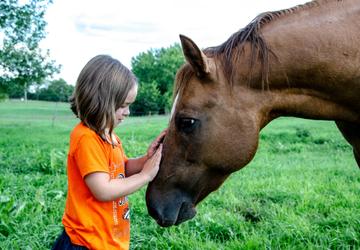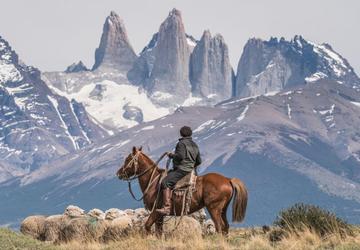Horseback Riding Tours in UNESCO Sites
Here are 8 horseback riding tours in UNESCO World Heritage Sites.
On the Conquistadors Ride, you will visit authentic villages and historic towns, admire the Villuercas Mountains, and trot through woods and pastures as you explore Villuercas Geopark.
This geopark’s landscape was formed the Earth’s crust folded and the continents converged to form Pangea about 300 million years ago. There are over 40 geological sites in the park, including caves and mines.
Many species of plants and animals make their home in the area. While you’re there, you can see some of the unique bird life, including eagles, vultures, azure-winged magpies, shrikes, red-billed choughs, and ravens.
The “City of Saints and Stones” was founded in the 11th century to protect Spanish territories from the Moors. It is the birthplace of St Teresa and the resting ground of the Grand Inquisitor Torquemada.
But what is so unique about this town is its medieval austerity. It’s an outstanding example of a fortified city from the Middle Ages with its Gothic cathedral and wall comprised of 87 towers and 9 gates still intact—the most complete in Spain.
On your tour, you’ll visit the medieval town and the surrounding area, where you can taste Spanish cuisine, have some time out in nature, swim in crystalline rivers, and ride through the Gredos Mountains.
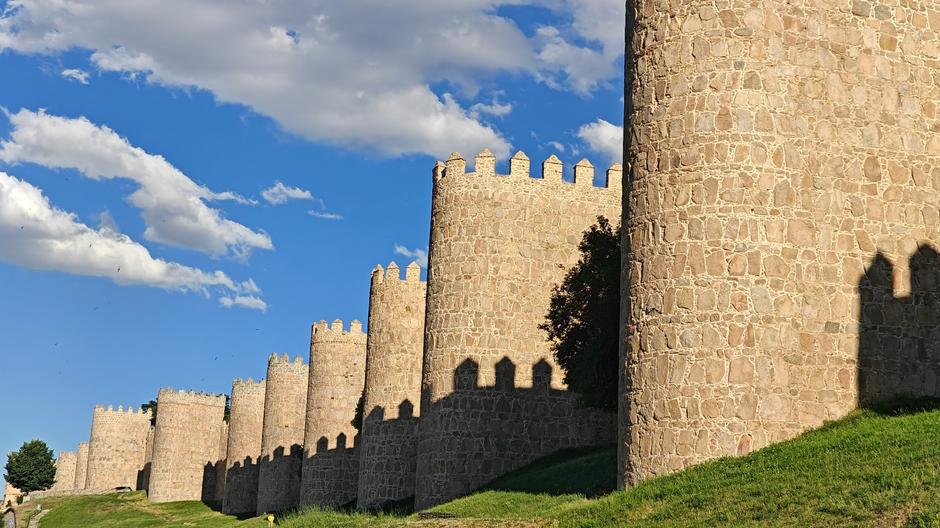
3. Quebrada de Humahuaca, Argentina
In northern Argentina, you’ll find a narrow mountain valley with dramatic hills and rock formations and indigenous Quechua villages with rich cultural heritage. As you ride through these valleys and river gorges, you’ll feel like you’re traveling through history.
See the awe-inspiring Hill of Seven Colors, a mountain with distinct layers of rock in varying colors that look as if an artist painted them. Visit the village of Tilcara, where the locals will show you their pre-Hispanic traditions and tell you stories of Pachamama, Mother Earth.
On this tour, you’ll taste local cuisine, including exquisite Argentinean dishes and desserts, and you’ll be able to ride the Peruvian Pasos, a breed of horses known for its smooth gait.
4. Petroglyphic Complexes of the Mongolian Altai, Mongolia
On the West Mongolia Expedition, you experience the best in adventure travel as you navigate a beautiful landscape, including the Petroglyphic Complexes of the Mongolian Altai UNESCO Site.
There are three rock art sites in the area: Tsagaan Salaa-Baga Oigor, Upper Tsagaan Gol, and Aral Tolgoi. The earliest images date back to around 11,000 to 6,000 BC when the area provided a habitat for hunters of large game. Numerous funerary monuments and rock carvings show the advancement of culture in the area over a 12,000-year period.
The surrounding scenery includes glaciers, swift mountain streams, and lush alpine meadows with roaming herds of sheep, yaks, and goats.
This is the perfect setting for unforgettable horse riding holidays in Mongolia, where history, nature, and adventure come together in one extraordinary journey.
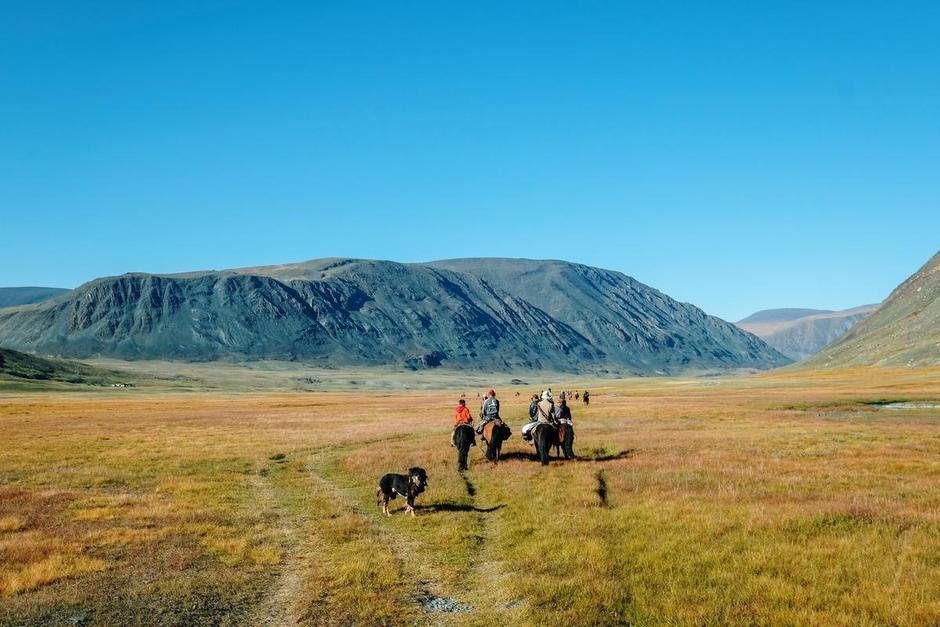
Another site in Mongolia, the Orkhon Valley Cultural Landscape represents the development of nomadic pastoral traditions over a period of 2 millennia. This landscape sprawling along both banks of the Orkhon River includes many archeological remains that date back to the 6th century. It’s also the location of Kharkhorum, the capital of Chingis (Genghis) Khan’s empire in the 13th and 14th centuries.
Explore this area and the Gobi Desert on horseback. You’ll even enjoy a camel ride, search for dinosaur fossils, find ice in the desert, visit the Tovkhon Monastery, and marvel at the Orkhon Waterfall.
One of the Seven Wonders of the World, Petra is an archeological site that dates back to around 300 BC. It was the capital of the Nabatean Kingdom and is accessed through a narrow canyon called Al Siq. It’s nicknamed the “Rose City” because it is carved from pink sandstone cliffs.
On your tour, you’ll spend a day exploring Petra. You’ll also be able to ride around the nearby area of Wadi Rum, a protected desert wilderness in southern Jordan, and after your thrilling days of riding, you’ll be able to enjoy a mud treatment and float in the Dead Sea.
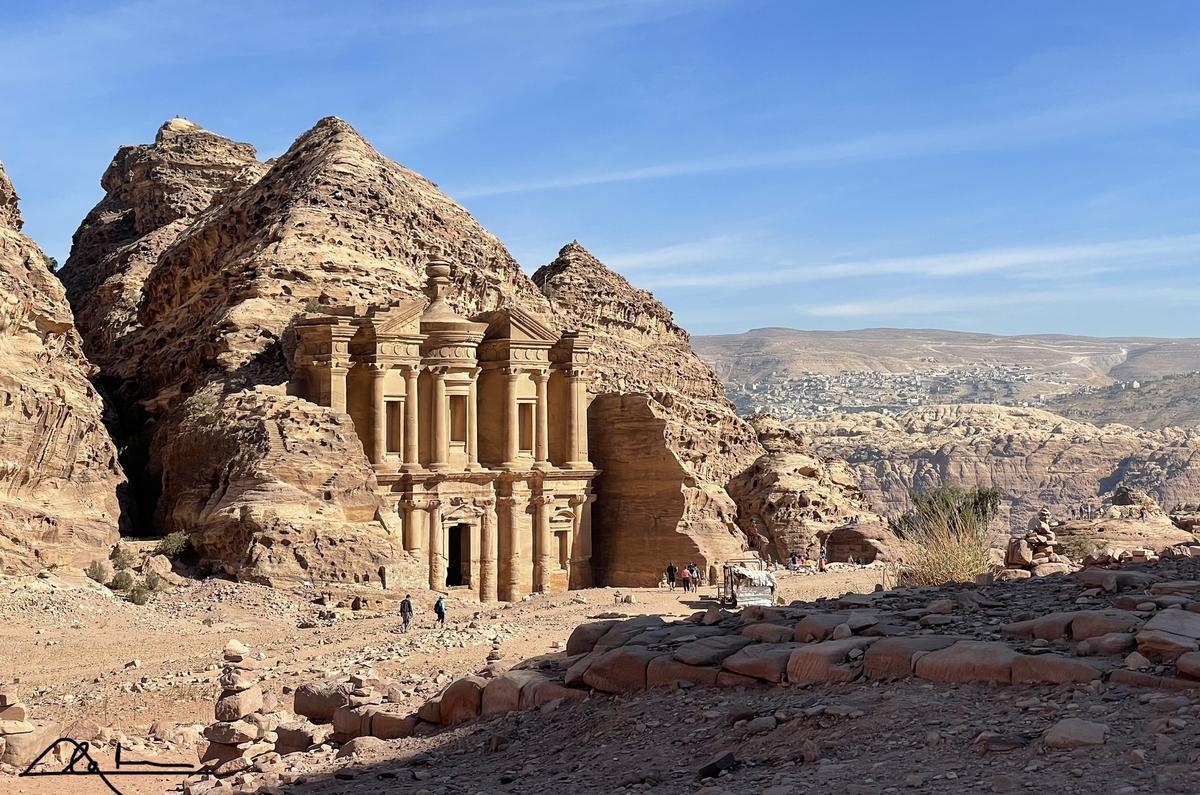
7. Durmitor National Park, Montenegro
Formed by glaciers and painted by rivers and underground streams, Durmitor National Park is a stunning place to visit. It’s home to the deepest gorges in Europe (and the second largest in the world), dense pine forests, clear lakes, and a wide range of flora.
The park is where many animals make their homes as well. You may be able to see the golden eagle, peregrine falcon, or perhaps even the brown bear, grey wolf, or European wild cat.
On this tour, you can swim with the horses in the glacial lakes, meet the locals, and explore the Balkans.
While this village isn’t officially on the UNESCO list yet, it is a strong contender and on the tentative list. In the high mountainous region of Tusheti, Dartlo has some of the most stunning views in Georgia.
Its residents have sustained their ancestor’s culture and way of life, particularly in its architecture with dry masonry, stone-slated roofs, and fortress houses usually attached to fortified towers.
When you book an equestrian tour in this area, you’ll get to see everything that makes the village a popular tourist destination, and you’ll also explore the surrounding area of Tusheti. Ride to Sanare Pass and see the breathtaking views, traverse picture-perfect valleys, cross beautiful rivers, and spend your nights camping under the stars.
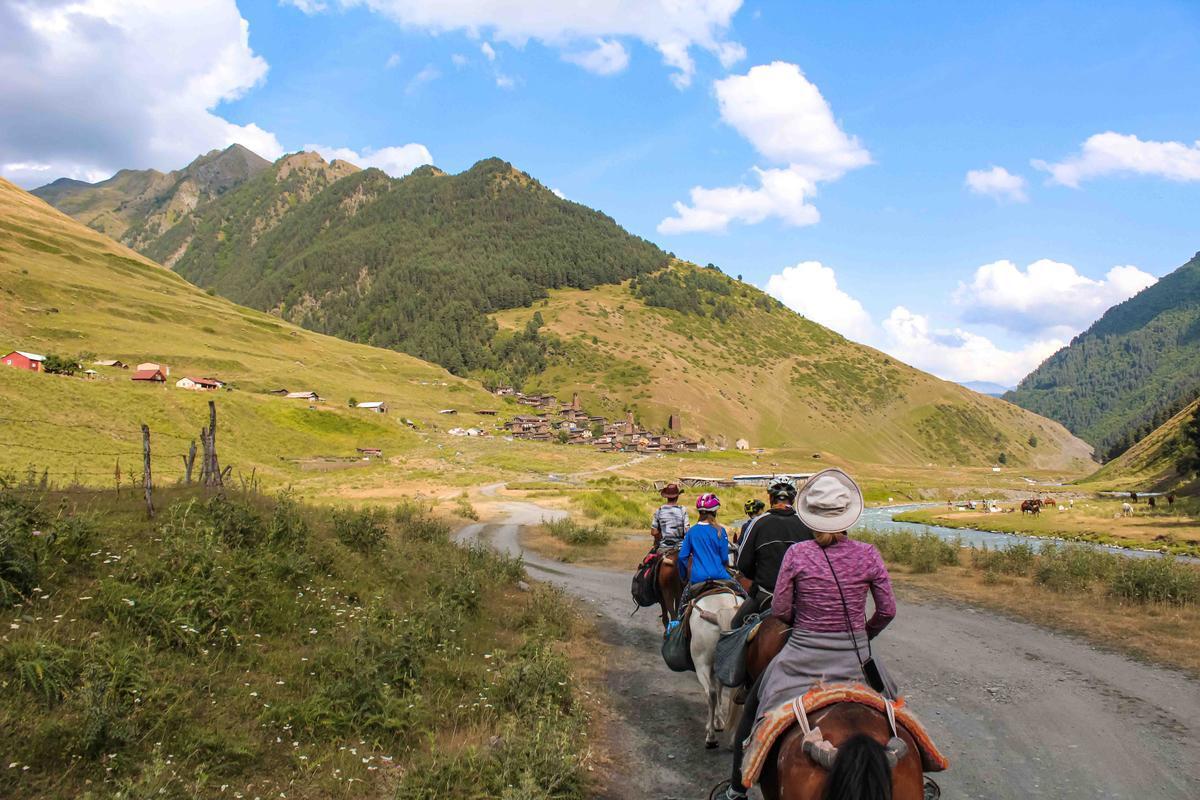
Benefits of Exploring UNESCO Sites by Horseback
When you explore UNESCO sites by horseback there are many advantages. Here are a few.
1. Environmental Impact
When you use horses instead of cars or other vehicles, you’re doing the environment a big favor. You still get to see amazing sights and have wonderful experiences, and you get to do it while taking care of the planet.
2. Immersive Experiences
Horseback riding allows you to have a truly all-encompassing experience. When you’re on the back of an animal like that, you’re able to forget all your distractions and focus on yourself, your horse, and the incredible views around you. While other ways of exploring may have you checking your email or scrolling on social media, the only thing you’ll want your phone for here is its camera.
3. Access Remote Areas
Horses are able to travel great distances and traverse areas that aren’t accessible any other way. This allows you to get to secluded areas with little to no human development. You can see nature untouched and in its purest state and explore places rarely seen with human eyes.
4. Connect with Nature
Along with seeing rare places and being immersed in the environment, horseback riding is a great way to connect with nature. It’s the perfect time to reset from our busy lives and enjoy the much-needed time outside. You and your horse will form a bond as you travel, a connection you can’t get anywhere else.
5. Physical and Mental Health
Riding requires you to maintain your balance and posture, which strengthens your core, lower body, and back muscles. So you’ll get a nice workout as you ride. Riding also reduces stress and anxiety levels and the emotional connection you form with your horse can boost your mood.
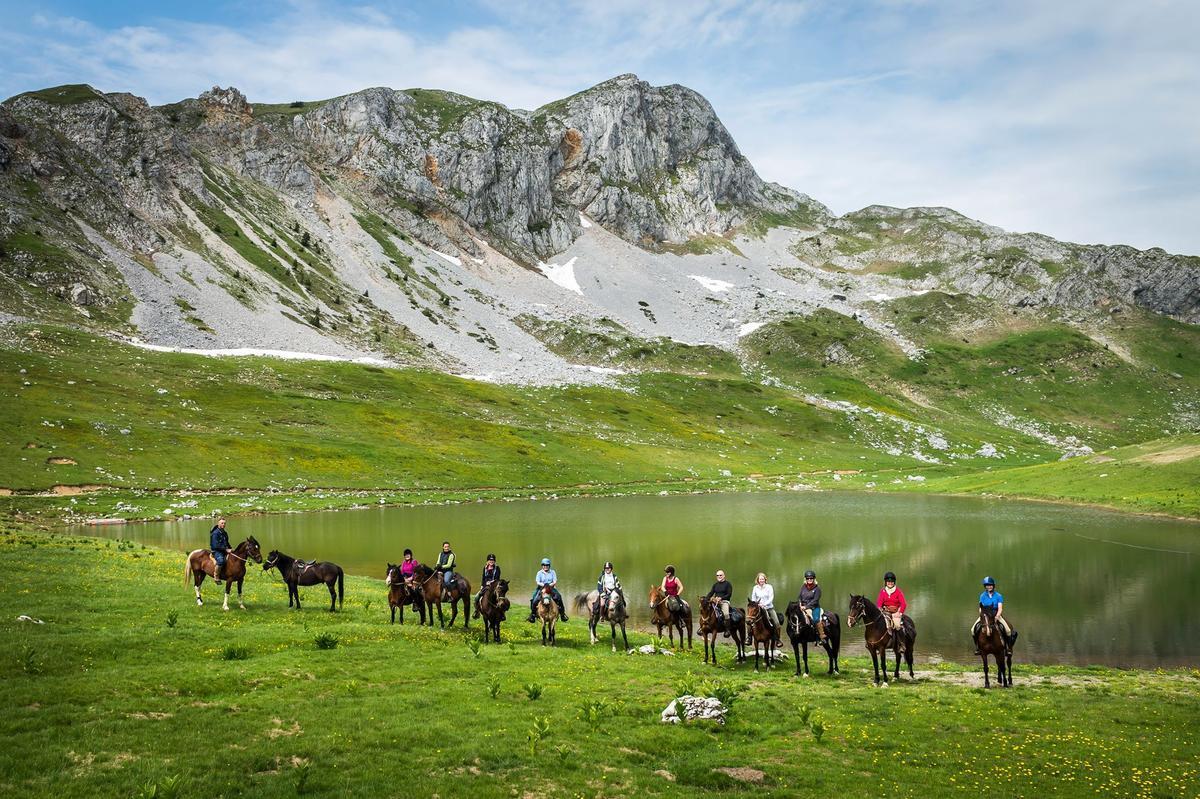
Conclusion
Horse riding vacations to UNESCO World Heritage Sites offer a unique way to explore some of the most stunning and historically significant areas in the world.
When you book a tour to one of these places, you’ll be able to see beautiful remote areas and diverse cultures. You’ll also feel good about the environmental impact, bond with a remarkable animal, and improve your physical and mental health.
Discover more amazing tours here. Consider heading to a UNESCO World Heritage Site for your next adventure.
Meta Description: One of the best ways to see UNESCO World Heritage Sites is on horseback. Here’s a list of sites that offer riding tours and a discussion of the benefits of visiting these sites on horseback.

